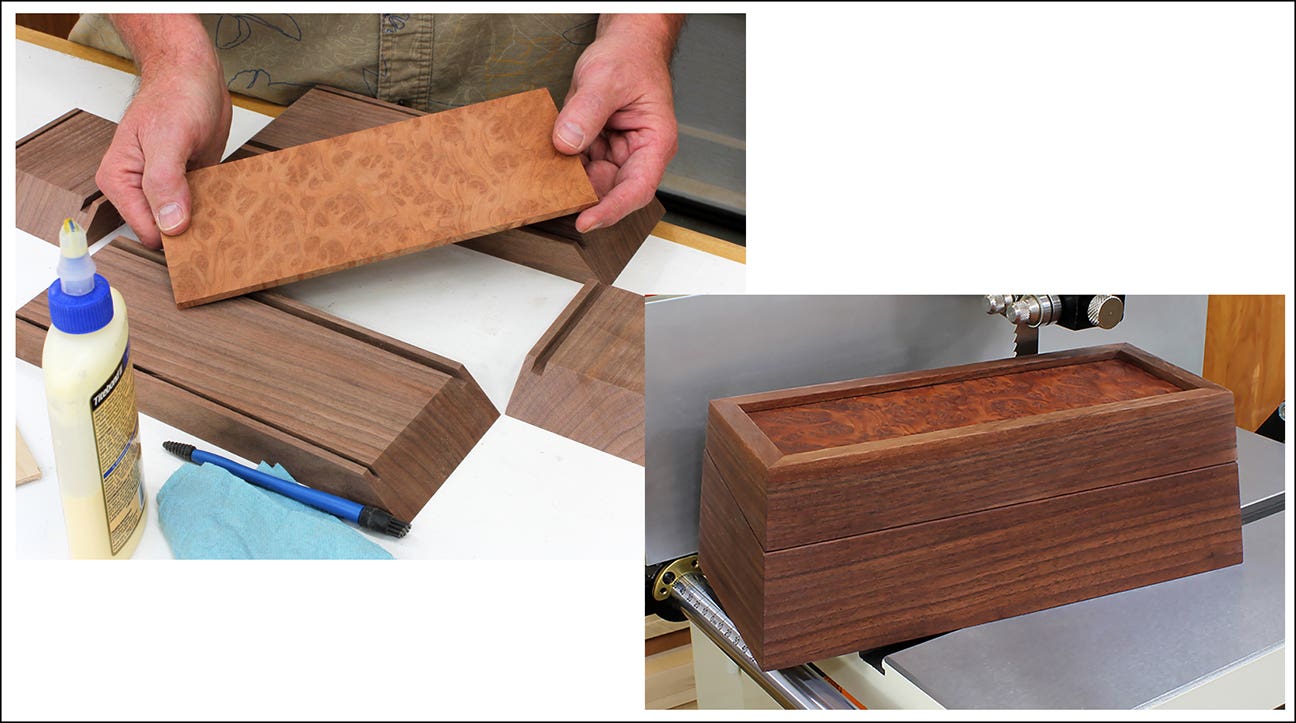When it comes time to wind down business
For many woodworking shop owners, the enthusiasm that propelled them for many years is not what it once was. Age has taken its toll. You could be thinking that perhaps…
For many woodworking shop owners, the enthusiasm that propelled them for many years is not what it once was. Age has taken its toll. You could be thinking that perhaps it is time to move on or sell out and gallop off into the sunset. However, often that creates a problem. Finding a buyer who is ready, willing and has the wherewithal to do so is seldom easy. Obtaining what could be considered a fair price with equitable terms could prove still more difficult.
A viable method
One of the options is to sell the shop to your employees. These would be the more experienced personnel, those competent and capable. However, not all will want in and there should be no thought of selling to some. Others might not be wanted in any managerial capacity.
In these situations it is common for a seller to express concern that he/she will not obtain a fair price. On the other hand, employees might think that as they have been in your employ for a considerable time and have materially contributed to your good fortune they should get the business at less than market value and with more charitable terms. Whether you accede to this persuasion is one of personal choice. There are no hard and fast rules that apply to all situations. Everything depends on how you structure the deal time-wise by selling by increments and take-back financing. You are not Santa Claus and had you not treated your staff fairly they would not have remained. You still have your retirement needs to take care of. With low interest rates and market instability on investments, this is a major consideration in any business disposition.
Three options
When selling to your employees as a group, you can:
1) Sell for all cash with financing that will be arranged by the purchasers. Nice, but seldom possible.
2) Provide seller financing and opt for a payment plan of some type. This could involve taking security on both the tangible and intangible assets, which is why you want a down payment for a minimum of one-half of the purchase price. If seller financing is required to complete the sale, ensure that you get at least this amount. If it’s too easy to get into it, it will be equally easy to walk away from and leave you with a mess.
3) Sell to a team leader, the one most qualified and perhaps most anxious who will, in turn, divvy up the shop among other participants. This person will become the general manager. You negotiate only with this person who, in turn, negotiates for all of the others. If you try to deal with the group as a whole you will never make it. There will be too many differing opinions on just about everything.
Develop a disposition plan
This step-by-step process involves:
• Ensure that no single employee wants to buy 100 percent of your woodworking shop but some, whom you have organized into a buying group, are interested in acquiring a piece of the action
• Conduct an honest appraisal of the buying group, their individual capabilities and what each will contribute, particularly the capability of the one who will subsequently become the general manager. If you fail in this, one or more of the proposed new owners will take the scheme apart.
• Allow the employees adequate time to decide. Not all will grab this opportunity immediately.
• Ensure that the employees to whom you sell have a clear picture of what they will gain by being a part owner.
• Have a clear picture of the procedure and the time frame over which this could come about.
• Have a professional business appraiser value the business. This way you can be more certain that you are being fair to the buying group and to yourself. Remember that buyers always want valuations based on historical income and profit; sellers on projected futures. Look at it both ways and arrive at a compromise.
• Develop a clear-cut exit strategy for yourself.
• Take the time and make the effort to determine the most efficient way to accomplish the sale.
• Make certain that the method by which you will get paid is clearly laid out and understood by all.
• Ensure that the buying group will have the ability to make any payments if buying on a deferred payment scheme. If your payout is to be based on the future success of the business, be positive that it can be successful and can service all debt taken on to make the purchase - to you and to others. If you sell a failing business with few prospects, don’t expect to get paid for it because you won’t.
Employee stock option plan
The ESOP, which is becoming more common in mid-sized to larger companies, has been recently receiving a lot of press. As popular as the scheme might be to divvy up a company among its employees, it is not common with woodworking shops. Still, that does not suggest that it should not be considered. In some instances, particularly with a larger or mid-sized enterprise, it could be a good alternative to attempting a direct sale to a key employee, merging or selling to an outsider. An ESOP is essentially an employee benefit plan that makes the shop’s employees owners of the issued capital stock of the company at a pre-prescribed rate. However, although having many benefits, there are also limitations, all of which should be thoroughly investigated prior to setting out on this path. The two most common uses for an ESOP are to acquire the stock of a departing owner or, if he is remaining, as an extra employee benefit or incentive plan.
The bottom line
We talked about phasing out in the December 2012 issue and do not wish to become repetitive. Still, it is a good idea to plan your exit well ahead of time, like five or so years before you will finally walk out the door. Selling to your employees or, for that matter, selling to anyone, is a difficult and time-consuming endeavor. You have been there for some time and undoubtedly have a sentimental attachment. As this brings up a host of challenges it is never too soon to start planning your exit process.
This article originally appeared in the April 2013 issue.






